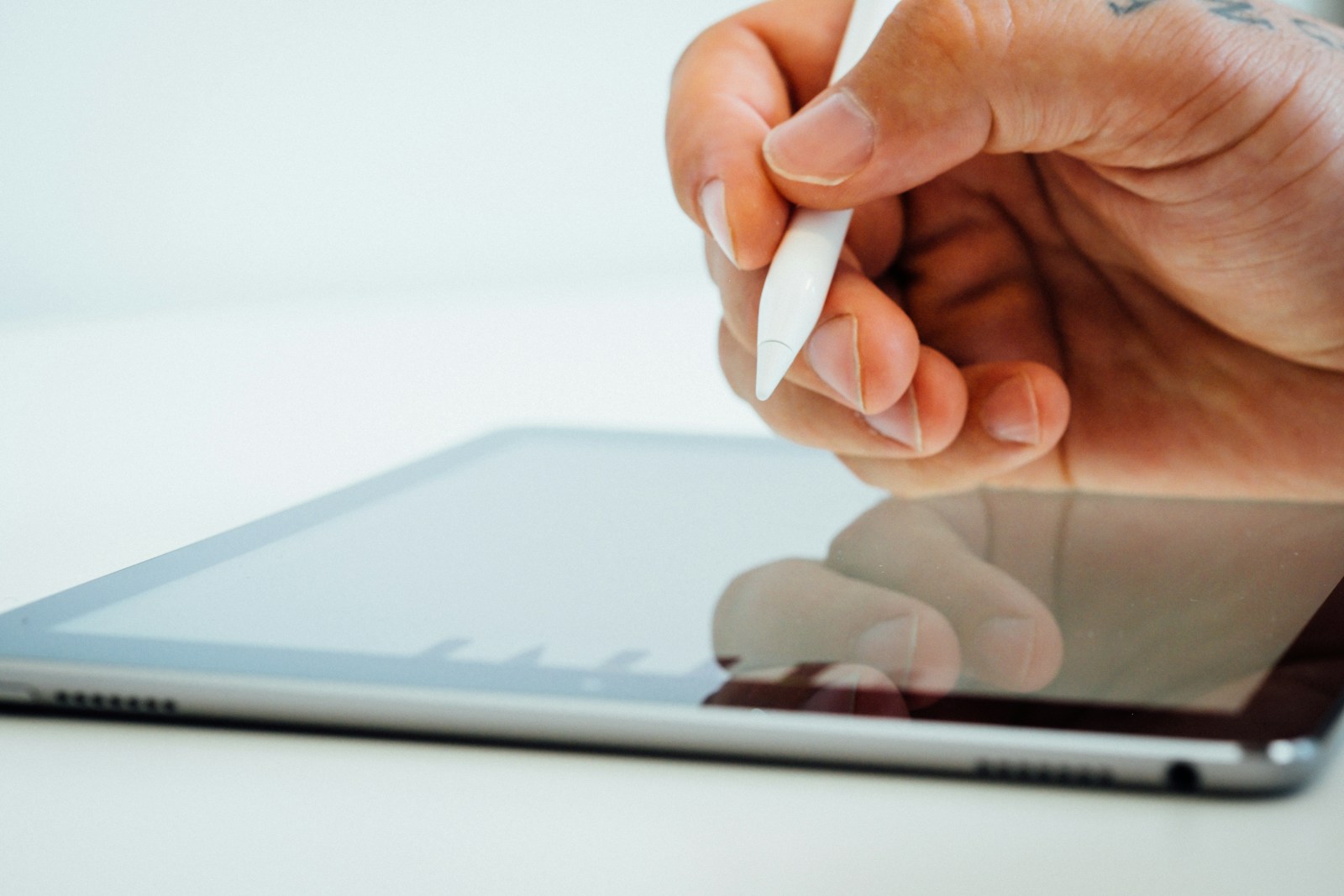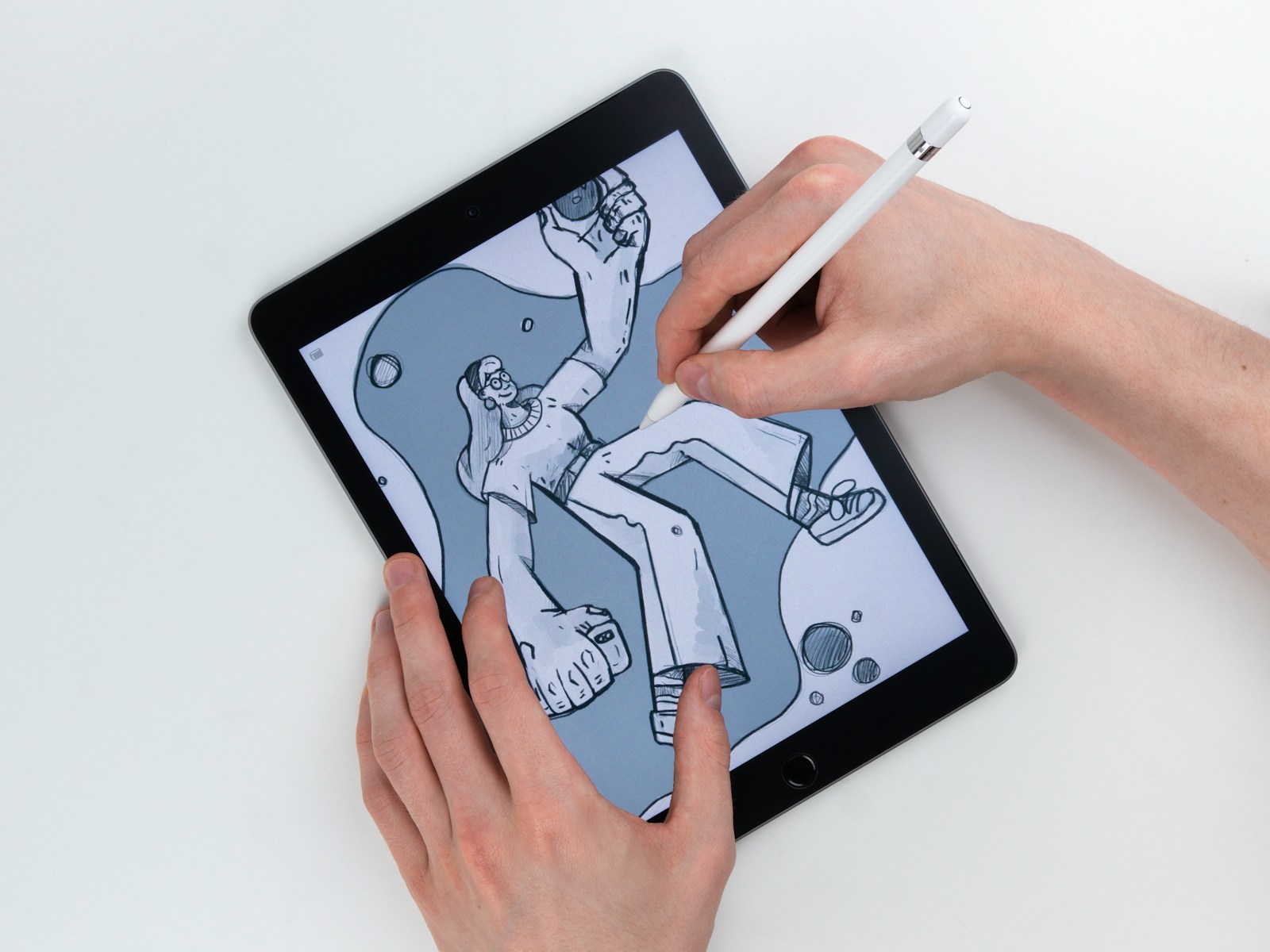Welcome to the world of digital art! If you’re a beginner looking to dive into creating art or enhancing your design skills, learning how to use a graphics tablet is an excellent first step. A graphics tablet can transform your creative process, offering a level of precision and control that is hard to achieve with a mouse or trackpad. In this guide, we’ll explore what a graphics tablet is, how it works, and provide you with practical tips to get started on your digital art journey.
What is a Graphics Tablet?
A graphics tablet is a device that allows artists and designers to draw directly onto a computer screen. It consists of a flat, touch-sensitive surface and a stylus, which acts like a pen. The tablet captures the stylus’s movements and pressure sensitivity, translating them into digital input that appears on your computer screen.
How Does a Graphics Tablet Work?
Understanding how a graphics tablet works can help you make the most of its features. The tablet surface is equipped with sensors that detect the position and pressure of the stylus. When you draw or write on the tablet, these sensors send signals to your computer, which interprets the input and displays it on the screen. This technology allows for natural and precise drawing, mimicking the experience of traditional pen and paper.
Setting Up Your Graphics Tablet
Before you can start creating, you’ll need to set up your graphics tablet. Here’s how to do it:
- Install Drivers: Most graphics tablets come with a driver CD or a link to download drivers from the manufacturer’s website. Install these drivers to ensure your tablet works correctly with your computer.
- Connect the Tablet: Plug the tablet into your computer using the provided USB cable or connect it wirelessly if supported.
- Configure Settings: Open the tablet’s settings software. Here, you can customize the stylus pressure sensitivity, button functions, and other preferences to suit your needs.
- Calibrate the Tablet: Some tablets require calibration to match the screen’s coordinates accurately. Follow the on-screen instructions to complete this process.
Basic Drawing Techniques
Once your tablet is set up, it’s time to start drawing! Here are some basic techniques to get you started:
- Holding the Stylus: Hold the stylus as you would a regular pen, maintaining a comfortable grip. Avoid gripping too tightly to prevent strain.
- Drawing Lines: Practice drawing lines with varying pressure. Light pressure produces thin lines, while applying more pressure results in thicker lines. This helps in achieving dynamic and expressive strokes.
- Using Layers: Most drawing software supports layers, allowing you to separate different elements of your artwork. Use layers to organize your work, making it easier to edit individual parts without affecting the whole piece.
- Undo and Redo: Digital art allows for quick corrections. Use the undo (Ctrl+Z) and redo (Ctrl+Y) commands to fix mistakes or revert changes effortlessly.
Exploring Advanced Features
As you become more comfortable with your graphics tablet, you can explore advanced features to enhance your artwork:
- Customizing Shortcuts: Many tablets have programmable buttons. Assign frequently used commands to these buttons for quick access, speeding up your workflow.
- Pressure Sensitivity: Experiment with pressure sensitivity settings to find the right balance for your drawing style. Different levels of sensitivity can dramatically affect the look and feel of your lines.
- Tilt Function: Some advanced styluses support tilt sensitivity, allowing for more natural shading and varied line work. Explore how tilting the stylus can add depth and dimension to your drawings.
- Brush Settings: Most drawing software offers a variety of brush settings. Play with different brushes and settings to discover new textures and effects that can enrich your artwork.
Conclusion
Learning how to use a graphics tablet can open up a world of creative possibilities. With practice and experimentation, you’ll find that a graphics tablet offers unmatched precision and flexibility for your digital art projects. Whether you’re a hobbyist or an aspiring professional, mastering this tool will undoubtedly enhance your artistic skills. Happy drawing!



